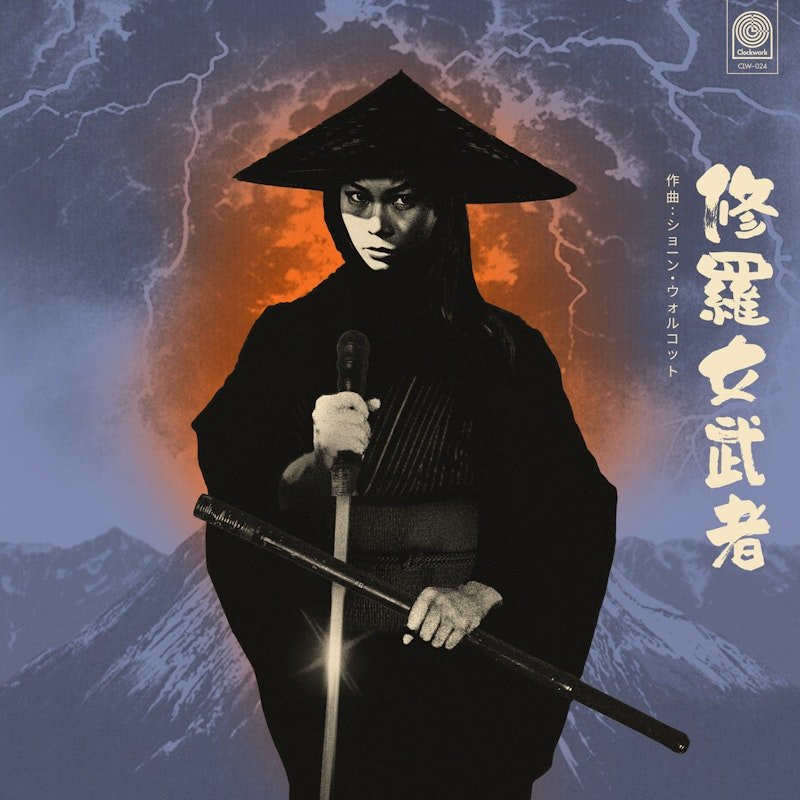Lady Swordfighter
On June 15th, I attended a listening party at the Beacon Cinema in Seattle’s Columbia City neighborhood. I’ve heard of listening parties, but this being my first I didn’t know what to expect, beyond what we’d be listening to: a record from producer and musician Sean Wolcott titled Lady Swordfighter. Sean created what he referred to as a love-letter to roughly 65 years of Japanese television and cinema with all new original music.
Colleen and I got our popcorn, sat down, and after a short introduction from Sean, the lights came down and a film—a supercut from several decades of samurai movies cut to the music—started rolling.
And it’s…really good. It’s a lush, evocative soundtrack so authentic you can’t believe this movie was never made.
Sean reached out to me a few months ago about playing a bit of shakuhachi for this album. I was hesitant at first because of my well-documented aversion to shakuhachi and samurai-chambara-movie-trope ubiquity. I have worked hard to not apologize for traditional shakuhachi and to let it stand on its own; not be tokenized, parodied, and caricatured.
However, I discovered what Sean described as a Japanese film and television inspired soundscape was tirelessly researched and wholly respectful of Japanese music and instruments. Furthermore, his vision was for the instruments to appear as characters in this “movie of the mind”—shakuhachi, shamisen, koto, and taiko would be more than just audio components. It took one listen through the few rough mixes he sent me in advance of my session and I was convinced. The songs were earworm-y in the best way, and the production quality rang with sincerity.
The actual recording process was a joy. Sean’s Everett, Washington studio is comfortable and well-appointed with loads of vintage gear. When recording shakuhachi, there’s often an uncomfortable process of stripping away everything that makes the shakuhachi unique. Engineers often put a lot of effort into accentuating the things we as shakuhachi players work hardest at deemphasizing.
Sean Wolcott
Very quickly, I realized I was working with someone less committed to asserting himself on what these instruments should sound like, and more keen on bringing the most authentic sound possible. In other words, he allowed me to play shakuhachi—not some vague, anonymous world flute pastiche. The result is some of the best shakuhachi sounds I’ve ever heard.
Lady Swordfighter provides a blueprint for how to create something that taps into the samurai genre while respecting the inherent culture and tradition. The warrior/monk mythos is exactly that: mythos. What I’ve railed against is conflating it with any kind of reality. The warrior monk character is fun and exciting but as based in historical fact as Batman.
I’m so excited for this record to be out in the world and to have played a small part in it. I’m even more excited that it ended with “to be continued…”
More anon,
Hanz
p.s. I mentioned the record was played to a supercut of Japanese films from the 1960s through the 1990s which will hopefully find its way onto the usual streaming platforms. In the meantime, click to order your copy of Lady Swordfighter, dim the lights, close your eyes and see where it takes you!
p.p.s …and if you’re ever in Seattle, be sure to check out what’s going on at the Beacon Cinema!


